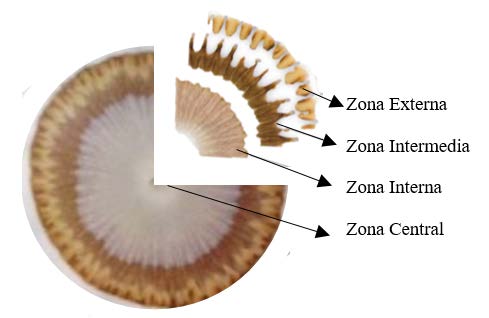Patterns for estimating soil fertility using Pfeiffer´s chromatography technique
DOI:
https://doi.org/10.28940/terra.v39i0.844Keywords:
soil analysis, chromatogram, flat circular chromatography, model, interpretationAbstract
Pfeiffer´s chromatography is based on paper chromatography principles, which could be considered as a useful and cheap alternative for estimating the soil fertility. However, there is a lag in the interpretation of the resulting chromatograms, entangling their use. The objective of this study was to generate prediction models for interpreting the chromatograms obtained from Pfeiffer´s chromatography technique. Physical, chemical, and biological characteristics of soil samples from an apple tree orchard with different agronomic management were evaluated by means of Pfeiffer chromatography and conventional laboratory analyzes. The results were statistically correlated for obtaining the components of the chromatogram with the highest interaction to estimate soil fertility. Eventually, through regression models, numerical patterns were established to estimate and interpret the contents of available P, K+, Cu2+ and organic matter, as well as the categorization to find trends for sand contents, Ca2+, Mg2+, Fe2+, Mn2+ and Zn2+. Results show that, under the conditions in which this research was conducted, the soil fertility can be estimated through Pfeiffer´s chromatography, and that the patterns generated in this study contribute to its interpretation.
Downloads
Publication Facts
Reviewer profiles N/A
Author statements
- Academic society
- Terra Latinoamericana
- Publisher
- Mexican Society of Soil Science, C.A.

















